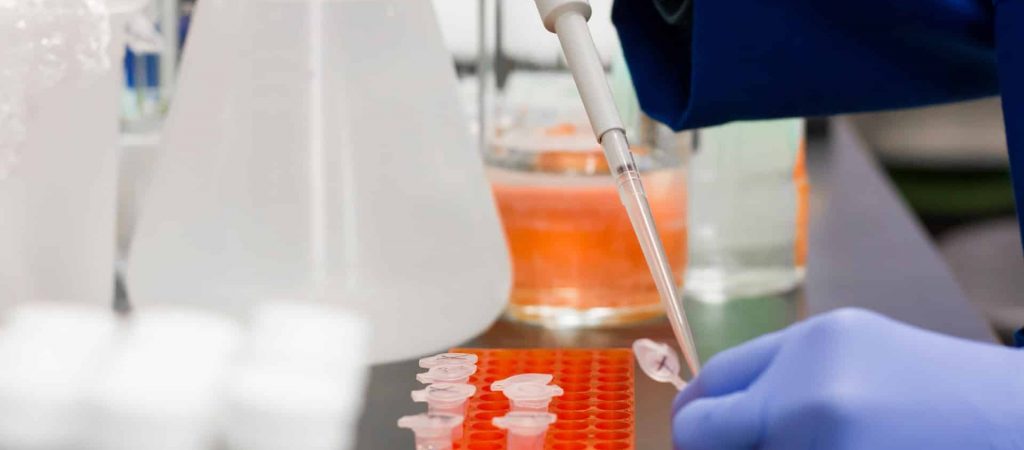
The key differences
Although Chlorine Dioxide (ClO₂) contains the word chlorine in its name, its chemistry is fundamentally different. Just as combining hydrogen and oxygen creates a substance (water) with entirely new properties, Chlorine Dioxide bears little resemblance to elemental chlorine.
It’s important not to confuse the two: ClO₂ is a distinct compound with superior disinfection properties and a safer environmental profile.
Oxidation Power: More Effective Than Chlorine
Both chlorine and chlorine dioxide are oxidising agents, meaning they disinfect by attracting and accepting electrons from other molecules.
-
Chlorine: Accepts two electrons per molecule.
-
Chlorine Dioxide: Can accept five electrons per molecule.
The Result: Mole for mole, Chlorine Dioxide is about 2.6 times more effective than chlorine as a disinfectant. This higher oxidation capacity translates into more efficient disinfection at lower dosages.
Selectivity: Strong Where It Counts
One of the greatest advantages of Chlorine Dioxide is its selective oxidation:
-
It reacts strongly with vital biological molecules in bacteria, viruses, and protozoa.
-
Unlike chlorine, it reacts far less with many naturally occurring organic compounds.
-
This reduces chemical wastage and lowers the risk of forming harmful by‑products.
Environmental Safety: No Harmful Chlorinated Organics
Chlorine is known to react with organic matter to form chlorinated organics, including:
-
Trihalomethanes (THMs)
-
Haloacetic acids (HAAs)
-
Chlorinated aromatics
These compounds are highly toxic, persistent in the environment, and have been linked to health risks including cancer.
By contrast, Chlorine Dioxide behaves differently:
-
Its oxidation mechanism is similar to ozone, proceeding through free radical electrophilic abstraction.
-
Instead of adding chlorine atoms to organic molecules, it oxidises them without forming stable chlorinated compounds.
-
This means no THMs or HAAs are produced during disinfection.
Why It Matters
The practical benefits of this chemical difference are significant:
-
Safer water supplies with reduced risk of carcinogenic by‑products.
-
Lower environmental impact, since no persistent chlorinated organics are created.
-
Greater efficiency, with ClO₂ requiring smaller doses than chlorine to achieve superior results.
The Bottom Line
Despite the shared name, Chlorine Dioxide is not “just another form of chlorine.” Its chemistry, behaviour, and environmental impact are entirely different. With higher disinfection efficiency, selective action, and no harmful by‑products, Chlorine Dioxide is a modern, safer, and more effective solution for water treatment.
ChloroKlean is the first choice for businesses considering Chlorine Dioxide. We specialise in delivering Chlorine Dioxide (ClO2) dosing systems using the latest technology and expertise.

At ChloroKlean we are always keen to be of assistance to our clients from all over the world while offering remarkable products with a time-tested customer service. Tell us what your requirements are and we will gladly help you proceed.








